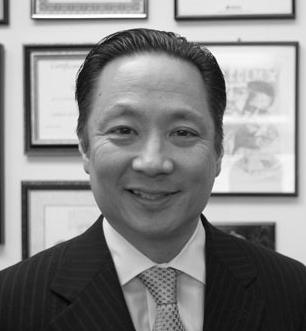OPINION San Francisco is the second most unequal city in the nation. Working and middle-income people and families are being forced to flee the city they love. Between 2010 and 2013, Ellis Act evictions alone increased by 170 percent.
In 2013, a total of 3,662 San Franciscans were served with eviction notices. Over 1,000 of these tenants went to court without lawyers. According to court statistics, 90 percent of landlords hire attorneys, while only 10 percent of tenants have a lawyer. This inequity has made it more difficult for tenants to adequately assert their rights.
To level the playing field, the San Francisco Board of Supervisors Budget and Finance Committee just designated $1 million to fund 10 nonprofit housing attorneys to perform full scope legal services for any tenant facing eviction in San Francisco. We teamed up with tenant rights organizers and attorneys to fight for this budget allocation in order to address San Francisco’s affordability crisis. This funding will ensure that all San Franciscans facing eviction will receive legal assistance if they need it.
Crucial to ensuring economic diversity in this city is protecting our rent-controlled housing stock. Every time a tenant is evicted from his or her apartment, we lose another unit of price-controlled housing that is safe from the current astronomical market rental and sale prices. The board has passed local legislation that helps tenants remain in the city after an eviction, including Sup. Campos’ legislation increasing relocation assistance amounts after an Ellis Act eviction.
However, only the state Legislature has the power to change the law in a manner that would make a large impact on the frequency of evictions. Sadly, last week, Sen. Mark Leno’s bill that would have curbed Ellis Act evictions died in the Assembly Housing Committee. Leno said he will not further pursue the bill this year. Therefore, we must continue to act locally to deal with our housing crisis.
Legal representation for tenants is a crucial part of the fight against displacement. Several academic studies have shown that tenants are five to 10 times more likely to stay in their homes after receiving an eviction notice if they are represented by an attorney throughout the eviction process. Furthermore, having an attorney protects the tenants against abusive practices by landlords.
Tenant advocates report that illegal harassment by landlords is on the rise in an effort to force out tenants without having to resort to the formal eviction process. It is common practice for landlords to attempt to “buy out” tenants by offering a monetary sum to vacate a unit outside of the legal process. Vulnerable tenants, including immigrants and tenants who live in Section 8 housing, are often forced out of their units because they do not understand or assert their rights. Even if the action results in the tenants leaving, an attorney can help tenants avoid having an eviction on their record, which makes it much more difficult for the tenants to rent again.
We are fortunate to have 14 excellent nonprofit organizations in San Francisco that provide no- or low-cost legal services to tenants. However, these organizations have been woefully underfunded and do not have sufficient staff to address this housing crisis. The budget allocation of $1 million to fund 10 additional tenant attorneys will have a profound impact on San Francisco’s housing crisis. It will also make San Francisco one of the first cities in the country to provide a right to legal assistance to tenants facing eviction. Just as the Constitution allows an attorney for a person accused of a crime, a person threatened with the loss of his or her home should have legal assistance. San Francisco can and should lead the way when it comes to providing legal assistance to those tenants who need it.
Public Defender Jeff Adachi and Supervisor David Campos are elected officials in San Francisco.




